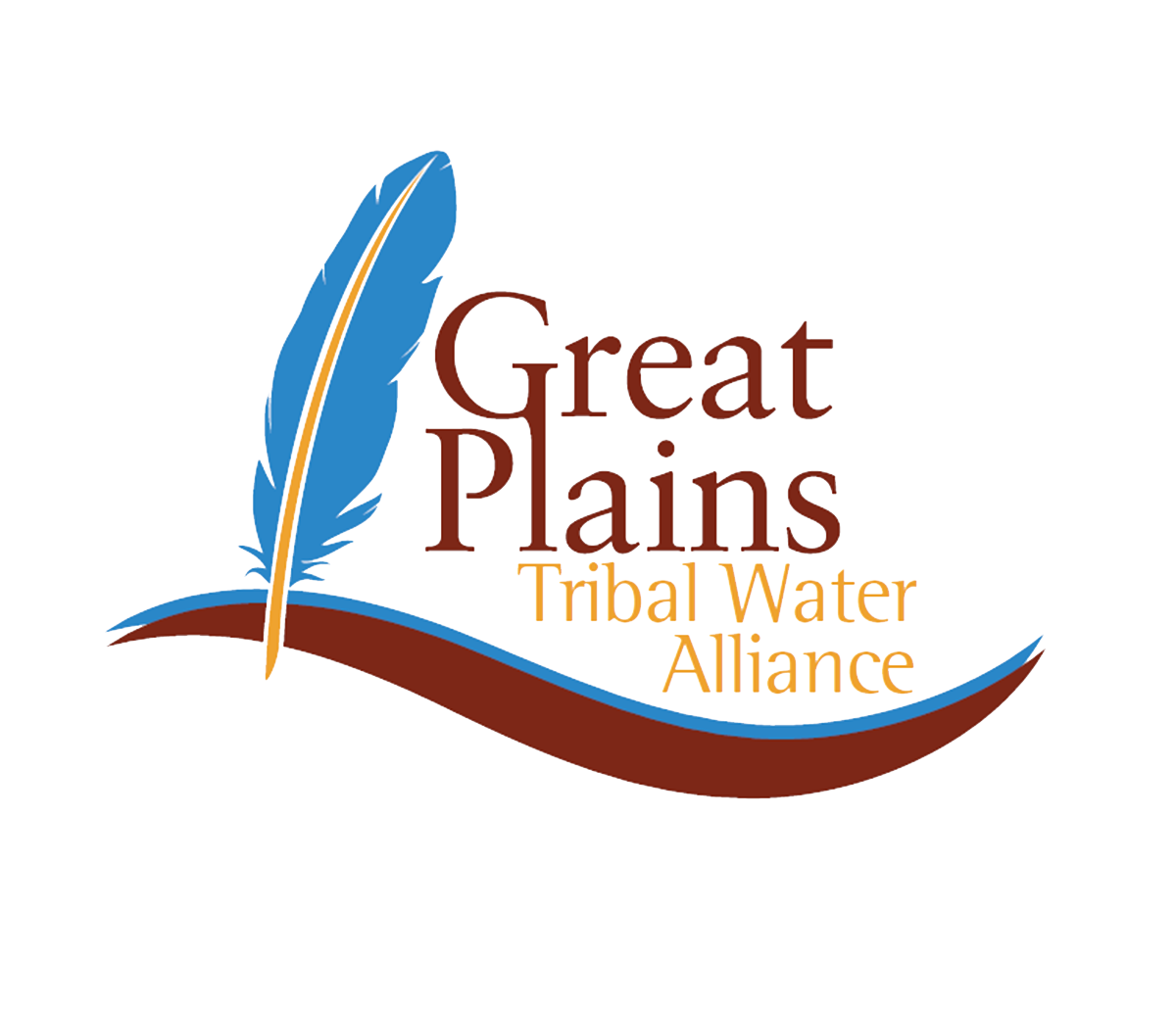Bison From Grand Canyon’s North Rim Sent To Intertribal Buffalo Council
Tribes in Kansas, South Dakota, Nebraska, and Oklahoma have received bison taken from the North Rim of Grand Canyon National Park as part of the park's efforts to reduce the number of bison there.
On September 4, Grand Canyon wildlife managers successfully relocated 57 bison from the North Rim to the Intertribal Buffalo Council, which distributed them among them the Prairie Band Potawatomi Nation (Kans.), the Flandreau Santee Sioux Tribe (S. Dak.), the Santee Sioux Tribe (Nebr.), and the Modoc Nation (Okla.).
Eleven additional bison were outfitted with tracking collars and released during the corralling process. The collaring was conducted in partnership with the U.S. Geological Service for park wildlife biologists to study the bison migratory patterns and population size.
The goal of the 2020 Bison Reduction Program was to capture and relocate approximately 60-100 bison during a two-week corralling period from August 28-September 8. A pilot program was conducted on the North Rim in September 2019 with successful relocation of 31 bison to the Quapaw tribe (Okla.).
NPS biologists estimate that the North Rim bison herd has grown from approximately 100 bison, brought to the House Rock Wildlife Area in the early 1900s, to between 400 to 600 bison. Though the bison roam the Kaibab Plateau, they spend most of their time on the North Rim of the park. Biologists predict that the herd could grow to nearly 800 in the next three years, and be as large as 1,200 to 1,500 animals within 10 years without further management actions to control the size of the herd.
In the next three to five years, the National Park Service will reduce the size of the House Rock bison herd on the Kaibab Plateau. Operational details of future herd reduction are still being discussed.

